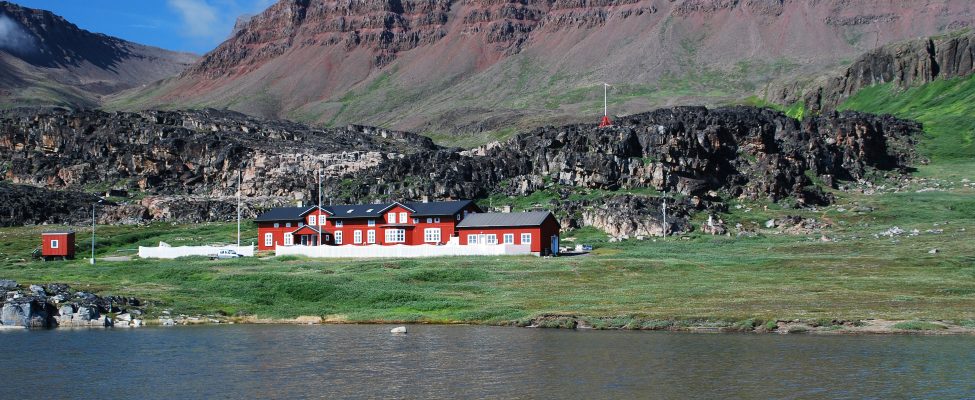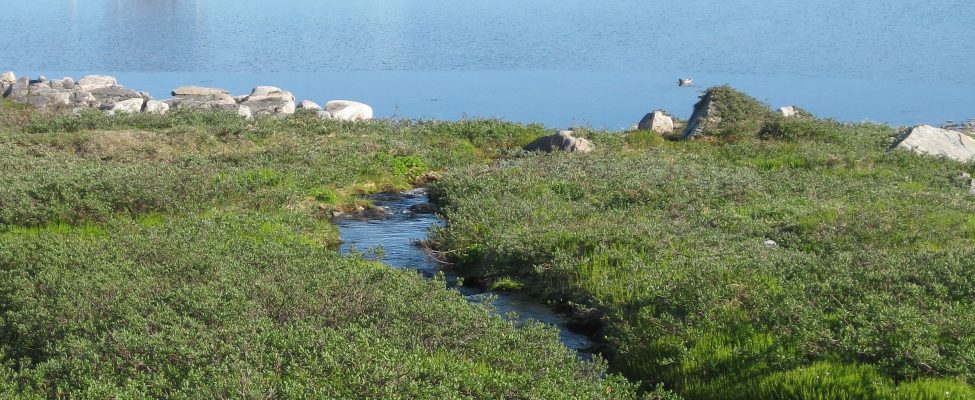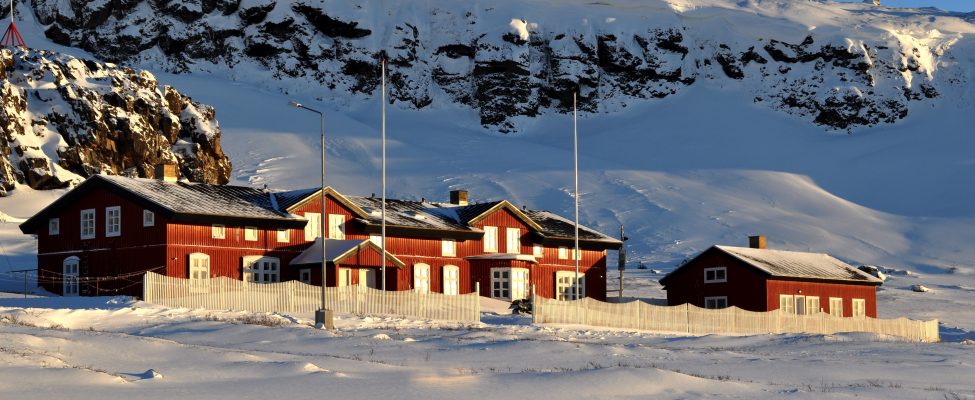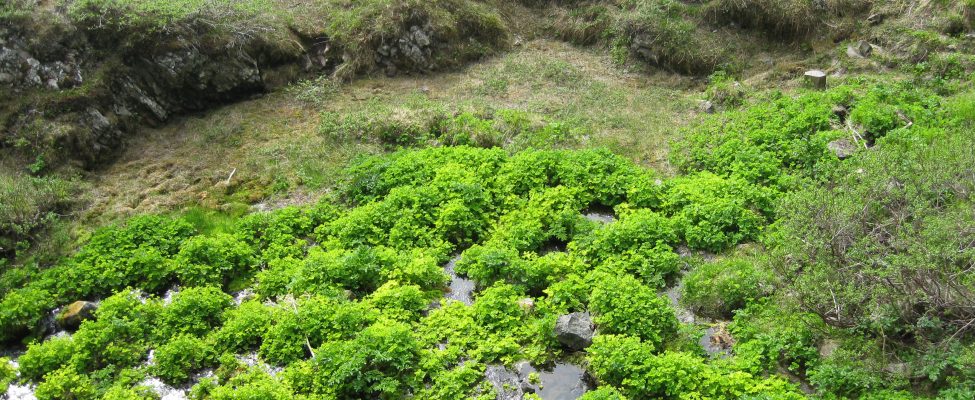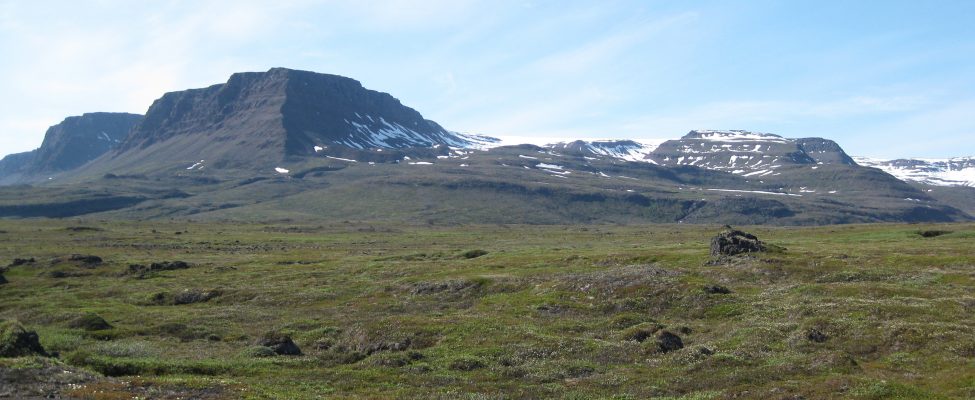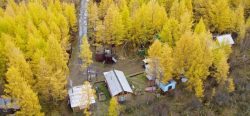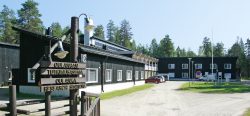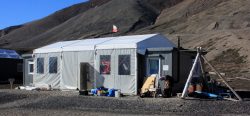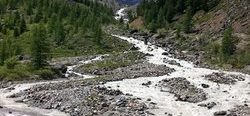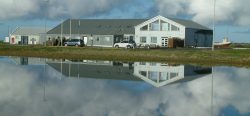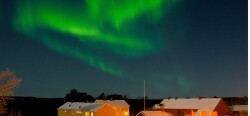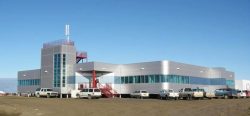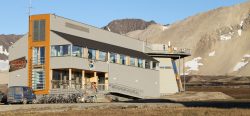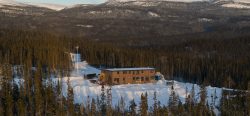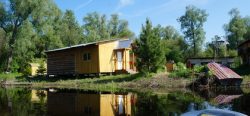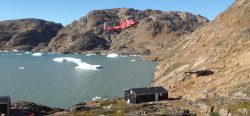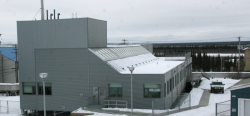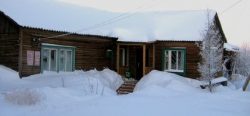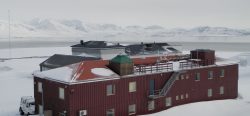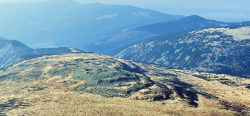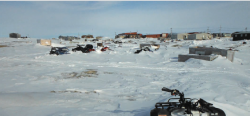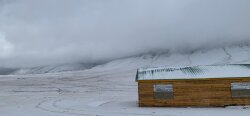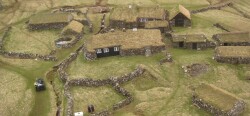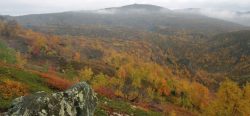Contact Details
3953 Qeqertarsuaq
Greenland
- Phone: +299 921384
- Fax: +299 921385
- Link: http://arktiskstation.ku.dk/english
STATION NAME AND OWNER
Owner of the ArcticDefinitions of the Arctic vary according to environmental, geographical, political, cultural and scientific perspectives. Some scientists define the Arctic as areas having a high latitude, long winters, short, cool summers,... More Station in Greenland is the Faculty of Science at the University of Copenhagen, Denmark.
LOCATION
The ArcticDefinitions of the Arctic vary according to environmental, geographical, political, cultural and scientific perspectives. Some scientists define the Arctic as areas having a high latitude, long winters, short, cool summers,... More Station is located on the south coast of the Disko Island in central West Greenland (69°15’ N, 53°34’ W). It is facing the Disko Bay/Davis Strait and is characterised by a low arcticDefinitions of the Arctic vary according to environmental, geographical, political, cultural and scientific perspectives. Some scientists define the Arctic as areas having a high latitude, long winters, short, cool summers,... More, coastal climateThe average weather we would expect over a long period of time (seasons, years, decades). Climate varies from place-to-place across the Earth. Climate is determined by long-term (over at least... More. Some of the world’s largest icebergs drift by the ArcticDefinitions of the Arctic vary according to environmental, geographical, political, cultural and scientific perspectives. Some scientists define the Arctic as areas having a high latitude, long winters, short, cool summers,... More Station .
BIODIVERSITY AND NATURAL ENVIRONMENT
The surroundings of ArcticDefinitions of the Arctic vary according to environmental, geographical, political, cultural and scientific perspectives. Some scientists define the Arctic as areas having a high latitude, long winters, short, cool summers,... More Station are characterised by a large variety in landscape, floraThe plants that live in a particular region, habitat or time (such as geological period like the jurassic). For animals, we use the term fauna, and to collectively refer to all... More, and faunaThe animals that live in a particular region, habitat or time (such as geological period like the jurassic). For plants, we use the term flora, and to collectively refer to all... More. The station and the nearby town Qeqertarsuaq are situated on a ridge of Precambrian gneisses overlain by massive basalts from the Tertiary. The surrounding mountains have an altitude of 600-800 m a.s.l. Three major valley glaciers, Lyngmarksbræen, Chamberlain’s GlacierA glacier is a large, persistent body of land-based ice that forms over many years where the accumulation of snow is greater than its loss (ablation). The ice in a... More, and Petersen’s GlacierA glacier is a large, persistent body of land-based ice that forms over many years where the accumulation of snow is greater than its loss (ablation). The ice in a... More, can be visited on a single day trip. The area around Qeqertarsuaq is situated in the transition zone between continuous and discontinuous permafrostPermafrost is frozen ground that remains at or below zero degrees Celsius (32 degrees Fahrenheit) for two or more years. It forms in regions where the mean annual temperature is... More. A large variety of periglacial phenomena can be studied, i.e. ice- and sand wedges, stone polygons, mud circles as well as palsa and pingoA frost mound, consisting of an ice core covered with soil and vegetation. They are found in permafrost regions. They are formed when water is naturally injected under pressure, forcing up the... More formations. The coastline is situated only 300 m south of the station along a 100 m wide sandy coastal barrier. The vegetation within the immediate surroundings of the ArcticDefinitions of the Arctic vary according to environmental, geographical, political, cultural and scientific perspectives. Some scientists define the Arctic as areas having a high latitude, long winters, short, cool summers,... More Station is unique to low arcticDefinitions of the Arctic vary according to environmental, geographical, political, cultural and scientific perspectives. Some scientists define the Arctic as areas having a high latitude, long winters, short, cool summers,... More Greenland. This is illustrated by the number of species of flowering plants within walking distance from the station: 212 of the 513 Greenlandic flower species occur in the area. This plant diversity is caused by a relatively favourable local climateThe average weather we would expect over a long period of time (seasons, years, decades). Climate varies from place-to-place across the Earth. Climate is determined by long-term (over at least... More, a high altitudinal gradient, rich soils, and several homothermic springs.
HISTORY AND FACILITIES
The botanist Morten Petersen Porsild founded the ArcticDefinitions of the Arctic vary according to environmental, geographical, political, cultural and scientific perspectives. Some scientists define the Arctic as areas having a high latitude, long winters, short, cool summers,... More Station (“Den Danske Arktiske Station”) in 1906. The locality selected was c. 1 km east of the town Qeqertarsuaq (formerly Godhavn) which is located on the south coast of the Disko Island – also named Qeqertarsuaq. The idea of establishing an arcticDefinitions of the Arctic vary according to environmental, geographical, political, cultural and scientific perspectives. Some scientists define the Arctic as areas having a high latitude, long winters, short, cool summers,... More research facility in Greenland was supported by famous explorers of the northern polar regions, e.g. Knud Rasmussen, Ludwig Mylius-Erichsen, and Fridtjof Nansen. The University of Copenhagen became the owner of the research facility in 1953. ArcticDefinitions of the Arctic vary according to environmental, geographical, political, cultural and scientific perspectives. Some scientists define the Arctic as areas having a high latitude, long winters, short, cool summers,... More Station has around 150 Danish and international visitors, students, and researchers each year. ArcticDefinitions of the Arctic vary according to environmental, geographical, political, cultural and scientific perspectives. Some scientists define the Arctic as areas having a high latitude, long winters, short, cool summers,... More Station has rooms for 26 people. Kitchen, living room, seminar room, scientific library, and laboratories are found at the station.
GENERAL RESEARCH AND DATABASES
The surroundings of ArcticDefinitions of the Arctic vary according to environmental, geographical, political, cultural and scientific perspectives. Some scientists define the Arctic as areas having a high latitude, long winters, short, cool summers,... More Station offer both terrestrial and marine environments, which makes the research station ideal for botanists, zoologists, geologists, geophysicists, and physical geographers. A meteorological station was established in 1990, and a full record of climateThe average weather we would expect over a long period of time (seasons, years, decades). Climate varies from place-to-place across the Earth. Climate is determined by long-term (over at least... More data exists since 1991. These monitoring data are available through Dr. Birger Ulf Hansen, University of Copenhagen, Institute for GeologyThe study of the solid Earth, rocks and processes by which rocks form. 'Geo' is derived from the Greek word for Earth.... More and GeographyThe study of the Earth, such as places, landforms, people and processes by which the Earth changes over time. Geography is divided into two main branches: human geography and physical... More (buh@geo.ku.dk).
HUMAN DIMENSION
ArcticDefinitions of the Arctic vary according to environmental, geographical, political, cultural and scientific perspectives. Some scientists define the Arctic as areas having a high latitude, long winters, short, cool summers,... More Station is located only 1 km east of the town Qeqertarsuaq (Godhavn) with a population of around 1000 inhabitants. The city was established in 1773 by Sven Sandgren. Whaling has always been very important for the city. Fishing and hunting are still among the primary occupations for the island’s inhabitants. Tourism is another major business. As something quite unique for Greenland, it is possible to ride a dog sledge on the local glaciers at Qeqertarsuaq under the midnight sun during summer. One can hike to the top of the Lyngmarksfjeld where eff orts are rewarded by a fantastic view of Disko Bay and the gigantic icebergs at Ilulissat Icefjord almost 100 kilometres away.
ACCESS
The ArcticDefinitions of the Arctic vary according to environmental, geographical, political, cultural and scientific perspectives. Some scientists define the Arctic as areas having a high latitude, long winters, short, cool summers,... More Station can be visited without problems throughout the year. Qeqertarsuaq Heliport is served in winter by the Sikorsky S-61N helicopter. Air Greenland operates winter-only air services from Qeqertarsuaq Heliport to Ilulissat, Qasigiannguit, and Aasiaat. During summer and autumn, when the waters of Disko Bay are ice-free, transport between towns and settlements is by sea only. A ferry (Diskoline) links Qeqertarsuaq with Ilulissat, Aasiaat, and Qasigiannguit. For further information see www.diskoline.gl.

